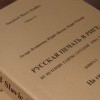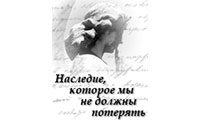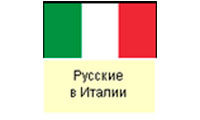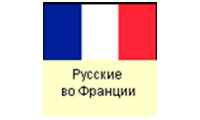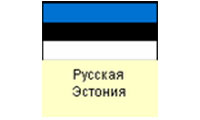Russian Press in Riga
The next important stage in the creative work of Y. Abyzov began, when he discovered the fund of the pre-war newspaper ”Segodnya” (Rus. Today) in the depository of the Latvian State Historical Archives. And even though only the correspondence of „Segodnya's” editorial board of 1930-1937 (the newspaper had been published from 1919 until 1940) was available there, it did not diminish the value of the published documents. Boris Ravdin worked side by side with Yuri Abizov. The so-called „intellectual center” was led by the former resident of Riga, professor of the Stanford University, Lazar Fleishman. Some years of intensive work resulted in a 5 volume edition „Russian Press in Riga: From the History of the Newspaper "Segodnya" in 1930s”. Up to this day, it is the biggest scientific research of the Russian historiography of Latvia, which has contributed greatly to the source-research base and has allowed us to turn to many problems from completely new points of view and also breaking the existing stereotypes. The significance of this work obviously exceeds the national limits. The introductory article by the authors gives an idea not only about the conditions, under which the editorial board of „Segodnya” had to work in Latvia, but also shows the role of this newspaper in the culture of the Russians outside of Russia.
„Our publication included a numerously insignificant part of the documents”, the authors noted. „We were considering both the scientific significance of the documents for the history of Russian press in Latvia and for the history of the Russians outside Russia in general. We had an opportunity to compare the published frame of documents with the fragments from the archives of the the Parisian „Poslednie novosti” (Rus. the latest news) board, which was preserved by B. Nikolayevski. Among them, there were casual, isolated materials dated to the beginning of 1930s and, by only relying on them, it is impossible to form the notion about the conditions of functioning of the Russian press abroad. As a contrast, the materials gathered by us, allow to depict - with sufficient completeness – the history of Russian social life and culture in the dispersion in 1930s, as well as the dynamics of Latvian and international political situation of that time.” The editorial board of „Segodnya” not only used the best of the available local journalist personnel, but also actively involved the notable journalists and writers, who were living abroad. Among the correspondents of „Segodnya” were: Mark Aldanov, Alexander Amfiteatrov, Konstantin Balmont, Nina Berberova, Ivan Bunin, Georgy Ivanov, Zinaida Gippius, Leonid Zurov, Alexander Kuprin, Vladimir Nabokov, Vasily Nemirovich-Danchenko, Igor Severyanin, Teffi, Marina Tsvetayeva, Sasha Chyorny, Ivan Shmelyov and many others. This correspondence shows not only the acknowledgement of the authority of the newspaper and its editors, but also provides the reader with a broad spectrum of views about the prominent figures of Russian emigration in the period between the two World Wars, with all the correspondence being commented in detail by the authors of this fundamental edition. All that editorial correspondence also reflects the striving of the editorial board to influence political processes in Latvia, in particular, regarding the local Russian MPs (naturally, before the 15th of May 1934).
Tatyana Feigmane. Latvian Russians in Historiography of Latvia from 1990-2010
Related Articles
Participants of the International Scientific Conference
Y.Abyzov, N.Struve and the priest A.Golikov
Russian Press in Latvia: 1917-1944
List of Newspaper "Segodnya" 1919-1940
The List of Newspaper Slovo:1925-1929
It was Published in Riga: 1918-1944
10 year anniversary of the Society of Russian Culture in Latvia
Канцелярская буква против действительности
Провинциальность или маргинальность?
Лили-Марлен в оригинале и в переводах
Беседа на Латвийском радио, посвященная 85-летию со дня рождения Ю.И.Абызова



